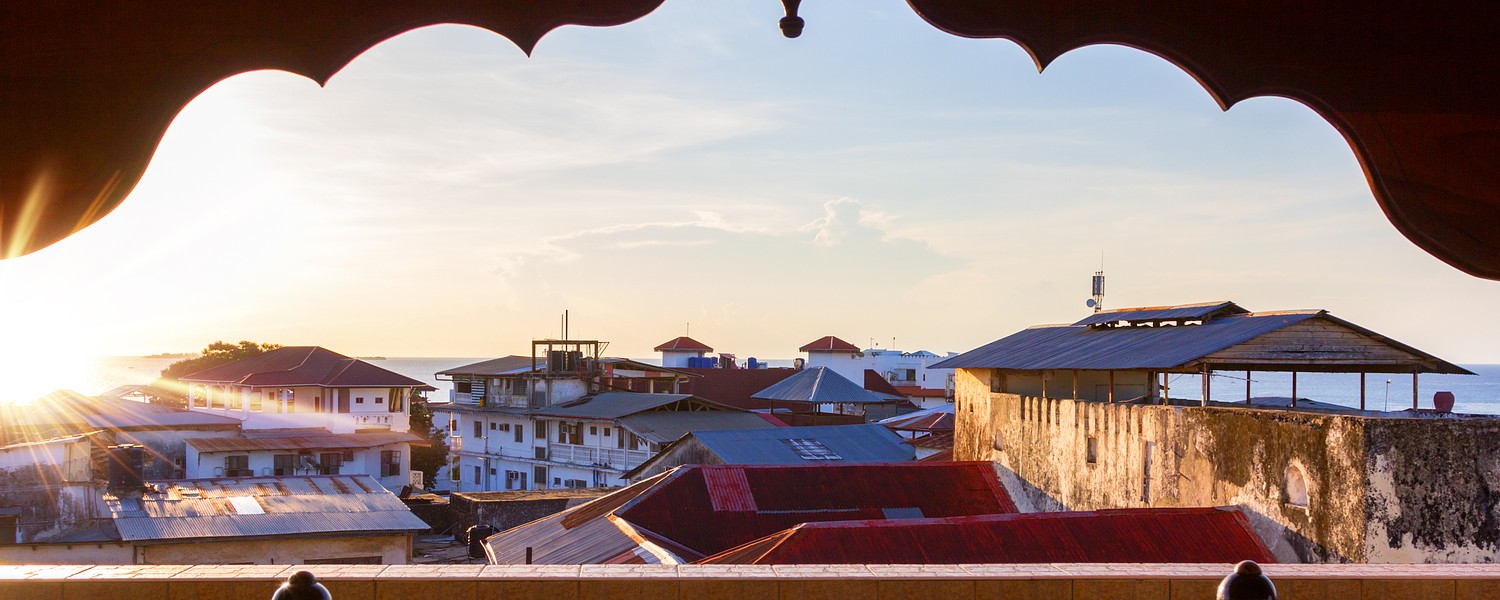
Provided by:
Ehrman Photographic/Shutterstock.com

Our travel guides are free to read and explore online. If you want to get your own copy, the full travel guide for this destination is available to you offline* to bring along anywhere or print for your trip.
*this will be downloaded as a PDF.Price
€4,95
The Islands
The guide was updated:
The lush tropical forests and pristine beaches spread across what is officially called the semi-autonomous region of Zanzibar, made up of Unguja and Pemba islands. Latham Island, also called Fungu Kizimkazi, is very small and uninhabited. Mafia Island is home to about 46 thousand people and countless species of wild animals. Each island is surrounded by many smaller islands, most of them unsettled.
Like mainland Tanzania, Zanzibar is an important centre of Swahili culture, and at the same time the meeting point of several ethnic influences. Following the Portuguese who arrived here in 1498, the island was heavily shaped by the Arabs during the Omani rule until the 18th century. The British empire, another addition to this eclectic mix of cultures, was also an important turning point that brought relief with the abolition of slavery.
Besides slave trade, the island's strategic position also gave way to the rise of relevant commercial activity, and while the new era has brought the end of colonial conflicts (the region was granted independence in 1963), Zanzibar remains an important market for cloves, seaweed, and spices, all sold around the coral stone landmarks of Stone Town. For this reason, the Zanzibar Archipelago is also known as the Spice Islands.
Like mainland Tanzania, Zanzibar is an important centre of Swahili culture, and at the same time the meeting point of several ethnic influences. Following the Portuguese who arrived here in 1498, the island was heavily shaped by the Arabs during the Omani rule until the 18th century. The British empire, another addition to this eclectic mix of cultures, was also an important turning point that brought relief with the abolition of slavery.
Besides slave trade, the island's strategic position also gave way to the rise of relevant commercial activity, and while the new era has brought the end of colonial conflicts (the region was granted independence in 1963), Zanzibar remains an important market for cloves, seaweed, and spices, all sold around the coral stone landmarks of Stone Town. For this reason, the Zanzibar Archipelago is also known as the Spice Islands.


